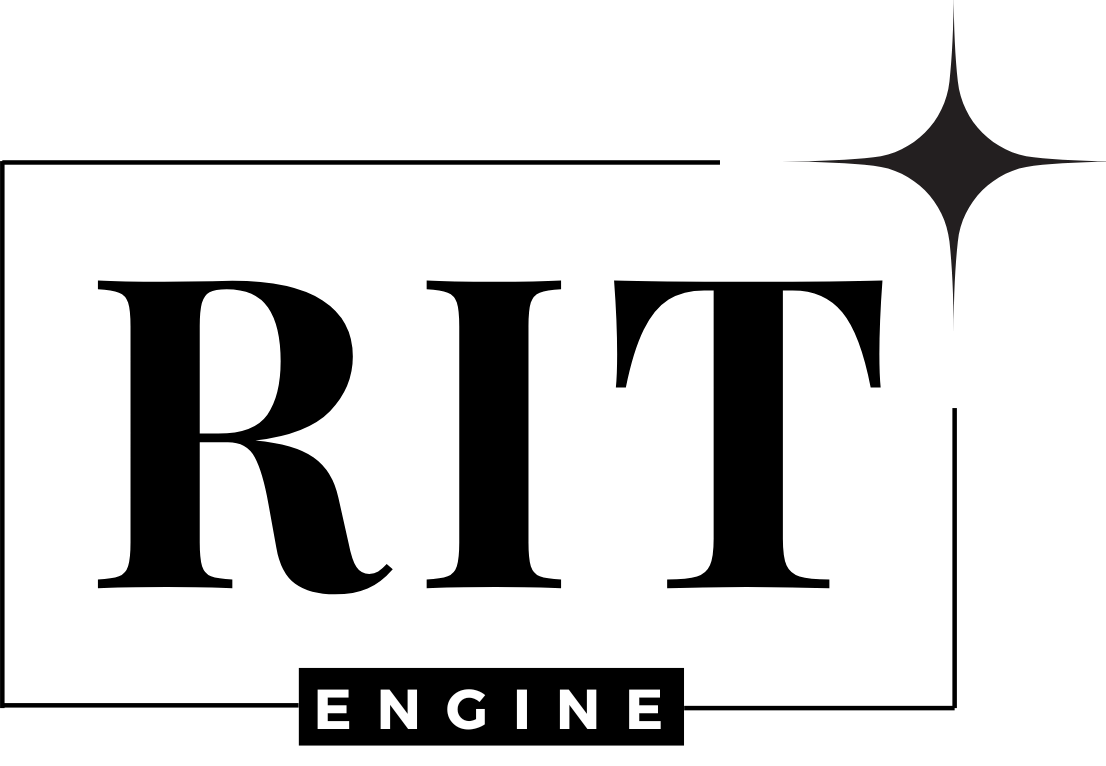Services
We are an innovative team that helps you turn your ideas into viable products. With our experience and expertise in commercializing ideas, we help you get the most out of your ideas. From designing prototypes to evaluating the market, we help at every stage of launching your product.
Idea Validation
IP
Business Plan
Funding
Prototyping
Manufacturing
Marketing
Distribution
Sales
Feedback
CNC Machining
Sheet Metal
3D Printing
Formative
Electronic
Idea Validation
The evaluation of ideas is the process of assessing the feasibility, potential, and value of an idea to determine whether it is worth pursuing further. This is a critical step in the innovation process, as it helps to filter out ideas that may not be practical or feasible and identify those with the greatest potential for success.
The stages of evaluating an idea can vary depending on the organization or individual conducting the evaluation. However, here are some common stages that are typically involved in evaluating an idea:
✔ Idea Generation
✔ Initial Screening
✔ Detailed Analysis
✔ Prototype Development
✔ Testing and Refinement
✔ Final Evaluation
Intellectual Property
Intellectual property (IP) is a legal concept that refers to the rights that are granted to creators and inventors over their creations and inventions. IP protection can take several forms, including patents, trademarks, copyrights, and trade secrets. The specific type of IP protection that is appropriate for an idea, industrial design, or invention depends on the nature of the creation and the type of protection required.
✔ Ideas
✔ Industrial Designs
✔ Inventions
✔ Brand
Business Plan
A business plan is a written document that outlines a company’s goals and strategies for achieving those goals. It typically includes information about the company’s products or services, target market, marketing and sales strategies, financial projections, and management team. A well-written business plan can be a valuable tool for entrepreneurs and inventors who are seeking funding or partnerships to commercialize their inventions.
Here are some of the key reasons why a business plan is important for commercializing inventions:
✔ Helps to clarify the commercial potential of the invention
✔ Demonstrates a clear path to commercialization
✔ Helps to secure funding
✔ Provides a Roadmap for Success
Funding
Acquiring adequate financial resources is crucial for commercializing an invention. Here are some ways that inventors can obtain financial resources for their inventions at different stages of development:
✔ Seed Funding
✔ Venture Capital
✔ Inventions
✔ Brand
✔ Bank Loans
✔ Licensing Agreements
Prototyping
A prototype is an early version of a product or invention that is used to test and refine its design. Prototyping is an essential step in the product development process and can help inventors and entrepreneurs to refine their ideas and ensure that their products meet the needs of their target market.
There are several different types of prototypes, including:
✔ Conceptual Prototypes
✔ Functional Prototypes
✔ Appearance Prototypes
Manufacturing
Manufacturing is the process of converting raw materials into finished products that can be sold or used by consumers. For inventors who are looking to commercialize their inventions, manufacturing is a critical step in the process.
Here are some steps involved in manufacturing an invention:
✔ Design for Manufacturability
✔ Choosing a Manufacturer
✔ Prototyping and Testing
✔ Tooling
✔ Production
✔ Quality Control
Marketing
Marketing is an essential part of bringing any invention or innovation to market. Effective marketing can help inventors to raise awareness of their product, build a customer base, and ultimately generate sales. Here are some key steps involved in marketing for invention and innovation:
✔ Identify the Target Market
✔ Develop a Marketing Strategy
✔ Create a Brand Identity
✔ Develop Marketing Materials
✔ Engage with Customers
✔ Measure Results
Distribution
Distribution is an important aspect of bringing any invention or innovation to market. It involves getting the product into the hands of customers through a network of distributors or retailers. Here are some key steps involved in distribution for invention and innovation:
✔ Choose a Distribution Model
✔ Identify Potential Partners
✔ Develop Relationships
✔ Monitor Performance
✔ Manage Inventory
sales
Sales is a critical component of bringing any invention or innovation to market. It involves converting interest and demand into actual purchases of the product. Here are some key steps involved in sales for invention and innovation:
✔ Define the Sales Process
✔ Offer Exceptional Customer Service
✔ Train Sales Staff
✔ Continuously Improve the Sales process
✔ Monitor and Analyze Sales Data
Feedback
The feedback process for an idea, invention, or innovation typically involves several steps, which include:
✔ Sharing the Idea
✔ Analyzing Feedback
✔ Repeating the Process
✔ Asking for Feedback
✔ Refining the Idea
✔ Recording Feedback
✔ Sharing the Updated Idea
CNC Machine
CNC, or computer numerical control machining, is a widely used manufacturing process that uses automated, high-speed cutting tools to form designs from metal or plastic stock. Standard CNC machines include 3-axis, 4-axis, and 5-axis Milling machines, Lathes, and Routers. Machines may vary in how CNC parts are cut-the workpiece may remain in place while the tool moves, the tool may remain in place while the workpiece is rotated and moved, or both the cutting tool and workpiece may move together.
✔ CNC Turning
✔ CNC Milling
✔ CNC Drilling
Sheet Metal
We provide sheet metal cutting and forming services for the fabrication of sheet metal parts. The automated cutting and forming processes guarantee high precision and quality of ready parts. All parts can be subject to post-processing upon your request: coatings, heat-treatment and others. Laser cutting is a technology that uses a laser to vaporize materials, resulting in a cut edge. While typically used for industrial manufacturing applications, it is now used by schools, small businesses, architecture, and hobbyists. Laser cutting is a technology that uses a laser to vaporize materials, resulting in a cut edge. While typically used for industrial manufacturing applications, it is now used by schools, small businesses, architecture, and hobbyists.
✔ Laser Cutting
✔ Plasma Cutting
✔ Waterjet Cutting
3D Printing
The easiest way to source high-quality 3D printed prototypes and production parts. Industrial 3D printers produce your prototypes and end-use parts with the highest attention to quality by our professional operators.
✔ HP Multi Jet Fusion
✔ Stereolithography
✔ Selective Laser Sintering
✔ Fused Deposition Modeling
✔ Direct Metal Laser Sintering
✔ Selective Laser Sintering
✔ Digital Light Synthesis
Formative Manufacturing
Die casting is the fastest way to turn your prototype into production, providing the highest rate of production for traditional manufacturing services. Injection moulding is a manufacturing process that allows for parts to be produced in large volumes. It works by injecting molten materials into a mould. It is typically used as a mass production process to manufacture thousands of identical items.
✔ Injection Moulding
✔ Vacuum Casting
✔ Compression Moulding
✔ Die Casting
Electronic
Sales is a critical component of bringing any invention or innovation to market. It involves converting interest and demand into actual purchases of the product. Here are some key steps involved in sales for invention and innovation:
✔ Circuit Design and Simulation
✔ Embedded Systems and Firmware Development
✔ IoT and Connectivity
✔ PCB Design and Layout
✔ Power Electronics and Energy Management
✔ Electronic Prototyping and Testing
✔ Electromechanical Systems and Robotics
Additional Service
Rapid prototyping is a group of techniques used to quickly fabricate a scale model of a physical part or assembly using three-dimensional computer-aided design (CAD) data. Construction of the part or assembly is usually done using 3D printing or “additive layer manufacturing” technology. Rapid prototyping is a group of techniques used to quickly fabricate a scale model of a physical part or assembly using three-dimensional computer-aided design (CAD) data. Construction of the part or assembly is usually done using 3D printing or “additive layer manufacturing” technology.
✔ Post-Processing
✔ High-Volume Manufacturing
✔ Rapid Prototyping

